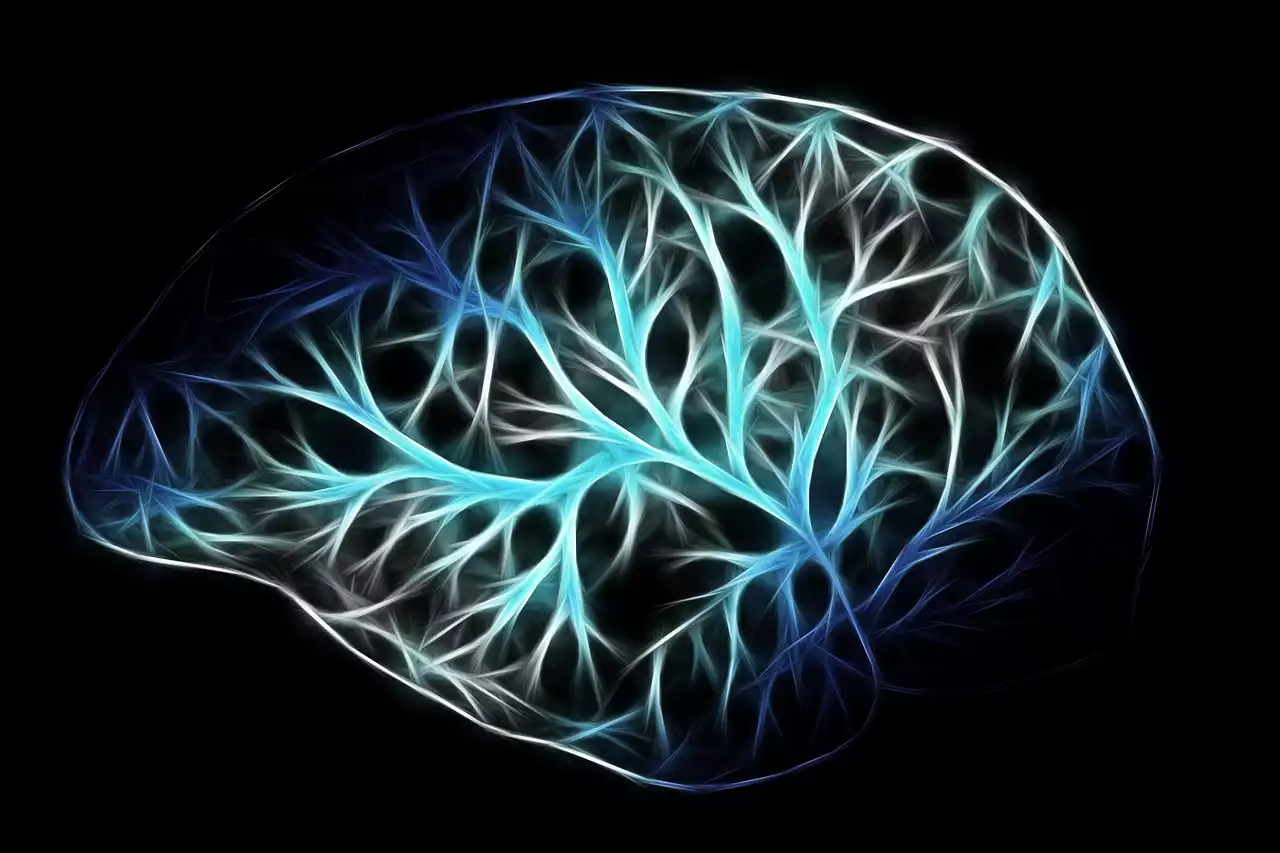The immune system is the body’s defence against foreign invaders such as viruses and bacteria. The immune system also helps protect us from cancerous cells. Reducing the risk of contracting a disease is known as immunity, which can be achieved through vaccination or other measures. Once the immune system detects a foreign pathogen, it triggers an inflammatory response to neutralize or destroy it. This article looks at how targeting the Immune System with cell lysis can help boost your body’s natural defences against disease-causing pathogens and cancerous cells.
What is Cell Lysis?
Cell lysis is the process of destroying the integrity of cells. Normally, cells are tightly bound together, allowing them to function as a unit. When the cell membrane is damaged, the cell contents spill out. Cell lysis is caused by a variety of mechanisms, including exposure to extreme temperatures, the use of solvents, and an excess of certain enzymes. In biochemistry, cell lysis is a process by which the cells are broken by some external force, like ultrasonication, freeze-thawing, or pressure. Cell lysis is used in biochemistry research as a means of harvesting protein or RNA from cells. It’s also used in cell culture research as a means of killing cells to induce apoptosis.
How does the Immune System function?
The immune system is composed of cells and organs that protect us from harmful infections and other diseases. There are two types of immune systems in the human body. The adaptive immune system kicks in in case of a foreign pathogen, whereas the non-specific innate immune system is responsible for fighting off the pathogens from our own body. The immune system’s function is to recognize and destroy pathogens, harmful substances or cells that are recognized as “non-self”. Diseases occur once the immune system fails to recognize these threats. The immune system is made up of a network of organs, glands, and biochemical processes that protect the body against disease and infections. In short, the immune system helps to destroy pathogens.
Immune Boosting Properties of Cell Lysis
There are many ways to boost the immune system, including eating well, exercising, and getting enough sleep. But you can also use the power of cell lysis to boost your body’s natural defences against disease-causing pathogens and cancerous cells. Cell lysis is used to break open the cells of pathogenic bacteria, viruses, and cancer cells. Once the cells are broken open, they can’t function as they used to. Viruses can’t replicate, and bacteria can’t survive. Because immune cells are generally resistant to lysis, they can be targeted to open the cells of pathogens without damaging the immune cells. This allows the immune system to recognize the pathogens and trigger an inflammatory response to neutralize or destroy them.
Autoimmune Diseases
An autoimmune disease is when your immune system mistakenly reacts to a normal part of your body as if it were a pathogen. If a pathogen attacks the body, the immune system makes antibodies to destroy that pathogen. Autoimmune diseases occur when the immune system mistakes another part of the body for that pathogen, triggering the production of antibodies against it. As a result, your body mistakenly attacks healthy cells and tissues, causing inflammation and damage. The immune system normally works by recognizing and responding to foreign invaders such as bacteria and viruses. However, in autoimmune diseases, the immune system fails to recognize and respond to these invaders. It instead misinterprets the body’s own cells as foreign and launches an attack against them.
Cancer Cells and Cell Lysis
Cancer cells grow, divide, and spread abnormally. This is caused by mutations in the DNA of the cells, which disrupts the control mechanisms in the cell and leads to uncontrolled growth. Cancer cells can cause damage and death to healthy tissue. Cancer cells can act like stem cells, which means that they can make new immune cells, blood, and proteins. They can also act like stem cells by forming new cancer cells that are resistant to cancer treatments such as chemotherapy and radiation. Cancer cells reproduce quickly and out-compete healthy cells for nutrients, making it difficult for the immune system to properly function and recognize cancer cells as an abnormal threat to the body. Cancer cells produce proteins that trick the immune system and prevent it from recognizing cancer cells as abnormal. These proteins are called cytokines. Cytokines can be broken down by enzymes. Cell lysis uses enzymes to break down cytokines and free up the immune system to recognize the cancer cells and trigger an inflammatory response to destroy them.
Conclusion
Cell lysis is a biochemical process used to break open cells, such as those of pathogens and cancer cells. While pathogens can’t function once the cells are open, immune cells are largely resistant to lysis, therefore immune cells can remain intact and function properly after the process. The immune system is the body’s defence against foreign invaders such as viruses and bacteria. The immune system also helps protect us from cancerous cells. Gaining control of the immune system and boosting its capabilities can help protect against many diseases. Cell lysis is one method of doing this.


 Creating a Comfortable Home Workspace: Ergonomics and Design Tips
Creating a Comfortable Home Workspace: Ergonomics and Design Tips.png?size=50)
 Unlocking the Power Within: A Beginner's Guide to Kundalini Meditation
Unlocking the Power Within: A Beginner's Guide to Kundalini Meditation Staying Active and Fit During COVID-19: At-Home Exercise Ideas
Staying Active and Fit During COVID-19: At-Home Exercise Ideas What is an Innate Immune System?
What is an Innate Immune System? The Relation of Inflammation to the Immune System
The Relation of Inflammation to the Immune System Exploring the Adaptive Immune System
Exploring the Adaptive Immune System Anatomical, Physiological Barriers and Bacteria
Anatomical, Physiological Barriers and Bacteria